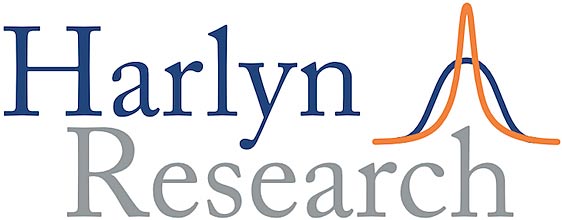Pick Your Preferred Narrative
Monday, June 17th, 2024But switch out of Cyclicals into Defensives
All our equity sector models in developed markets are switching out of cyclicals and into defensives. At a global level, the peak exposure to cyclicals vs defensives occurred in late April and since then the gap between these two groups has been closing every week. We can’t be sure about the explanation, but our models frequently detect these changes before the consensus settles on a narrative. We do know that the current episode is the seocnd longest continuous net exposure to cyclicals in the 29-year history of the model and that the indicator can swing as far the other way in favour of defensives. Right now, we think the numbers are more important than the narrative.
PURCHASE ALL ACCESS PASS
Already hold an All Access Pass? LOG IN
